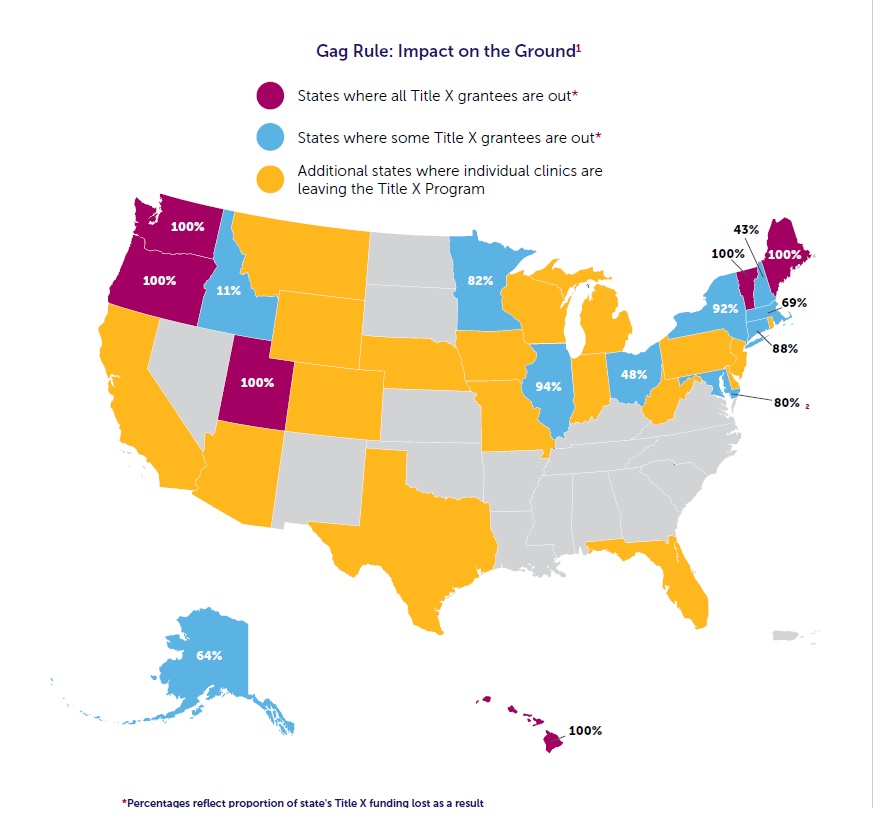Impacts of the Domestic Gag Rule

People Most in Need Are Paying the Price
The domestic gag rule’s impact on birth control access is nothing short of catastrophic for people living on limited incomes. It means that people who have long relied on the program may have higher out of pocket costs for health care and contraception because clinics will no longer have funds to support them. People already counting every penny and struggling amidst a pandemic may need to travel longer distances to clinics offering services, take more time off work if employed, or pay for additional child care costs.
Already, women in more than 380 counties across the nation are at risk of losing access to the birth control they need because the clinic they depend on has lost its Title X funding. As more clinics are forced out of the program, this number will only rise. Since the rule began to be enforced in August 2019, stories of increased costs, shorter hours, and fewer services being offered have flooded in.

